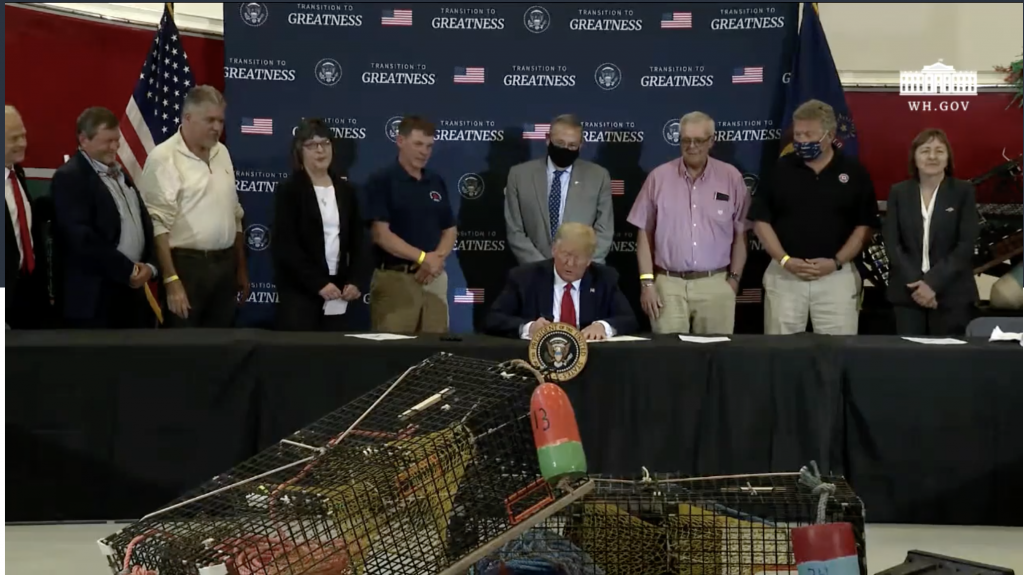October 12, 2021 — President Biden re-established an area off of the coast of Cape Cod as a marine national monument Friday, a move that has the local fishing industry angry.
The Northeast Canyons and Seamounts Marine National Monument was originally created during the Obama administration to preserve the sea life in that region. During the Trump administration, restrictions in the area were scaled back, which allowed for commercial fishing.
Under the new executive action from President Biden, commercial fishing in the area is banned but recreational fishing is allowed. The monument is more than 100 miles southeast off the shore of Cape Cod.
Bob Vanasse of Saving Seafood told WBZ’s Karyn Regal (@karynregal) the trip to the area is one only a chartered fishing boat or mega yacht could make.
“The privileged few are going to allowed to go out and spearfish on the same species that working families in the swordfish and tuna industry will not be able to do,” Vanasse said.
Read the full story at WBZ News


